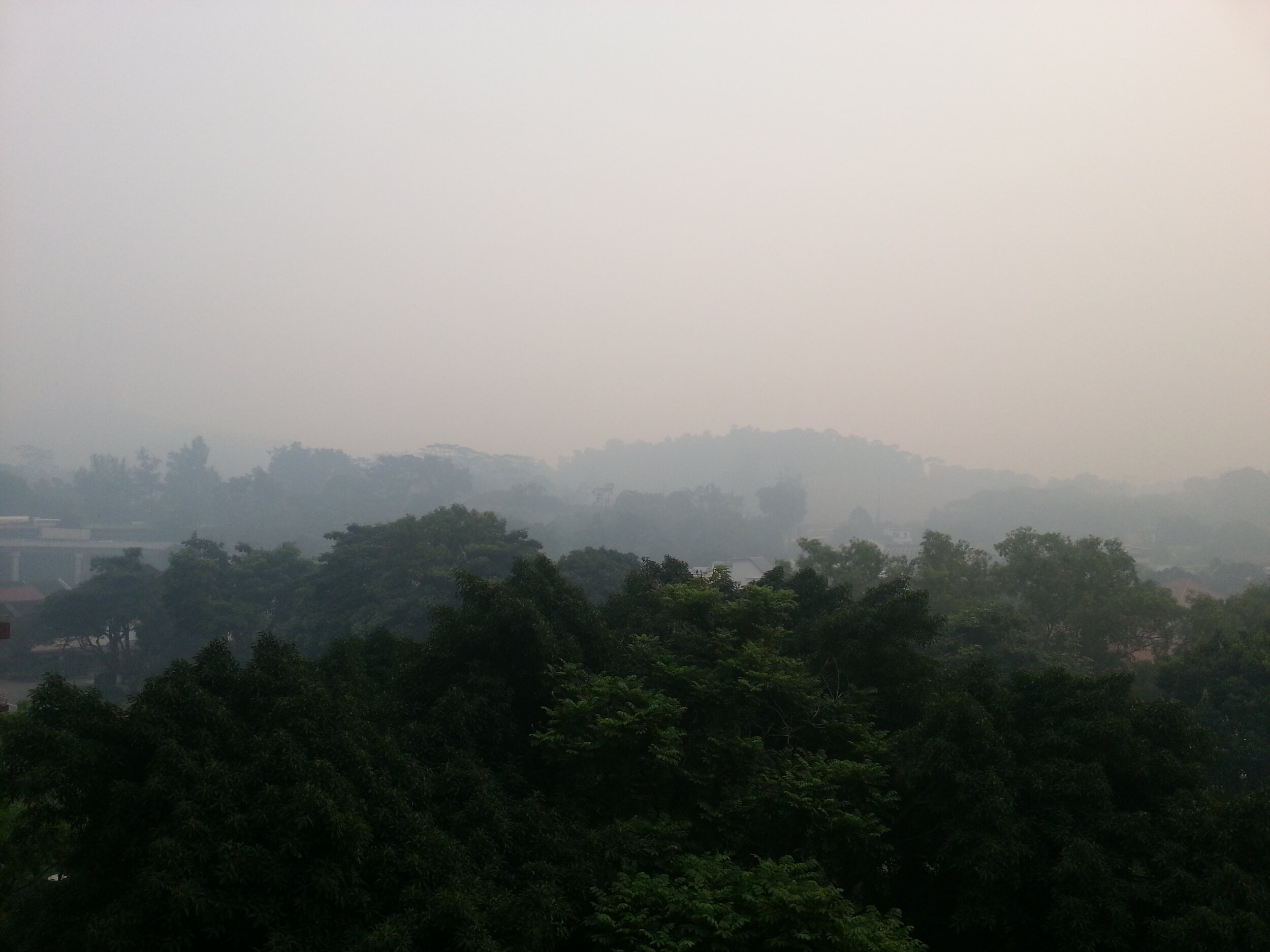OPINION: ASEAN Must Intervene in Southeast Asia's Haze Crisis
Severe haze from forest fires blankets Singapore, Malaysia, Indonesia, and other Southeast Asian countries nearly annually. (Wikimedia Commons)
Haze from fires in the Indonesian rainforest has spread past the Indonesian islands of Sumatra and Borneo, stoking diplomatic tensions with neighboring Malaysia and intensifying air pollution in Singapore, Thailand, and other Southeast Asian countries, Channel News Asia reports.
Slash-and-burn agriculture has caused many of the fires, says the Bangkok Post. Indonesia is the world’s top producer of palm oil, according to the Australian Broadcasting Corporation. Although illegal, setting fire to the trees is a cheap, swift method of clearing land to make room for plantations.
Demonstrating the smog’s negative health effects, Indonesia’s Ministry of Health reported that, in Indonesia alone, more than 850,000 people are experiencing “acute respiratory infections.” According to the Bangkok Post, unhealthy air quality levels and low visibility have also caused both Indonesia and Malaysia to close thousands of schools and cancel hundreds of flights.
Many neighboring countries have expressed frustration at the recurring phenomenon of cross-border haze, as well as Indonesia’s attempts to deflect and deny responsibility for the problem.
In particular, as the Star reports, Malaysia sent a diplomatic note to Indonesia calling for immediate action to end the fires, yet the Jakarta Globe says that on September 10, Indonesia’s national weather bureau asserted that strong winds blocked smog from traveling from Indonesia to Malaysia, and Malaysian and Vietnamese fires were instead at fault.
The current situation exposes the weaknesses of the ASEAN Agreement on Transboundary Haze Pollution. As the Malay Mail points out, the goal of the 2002 document was to prevent a repeat of the severe 1997 cross-border haze crisis, yet smog has returned yearly to plague Southeast Asia.
Until ASEAN revises the agreement to hold signatories accountable for breaches and make it easier for other signatories to provide fire-fighting assistance, the agreement’s limits leave it powerless to truly eliminate smog.

